- 631-796-2804
- [email protected]
- Mon - Fri: 6:30AM - 5PM
Professional oil and stone installation that lasts years longer than you’d expect, costs thousands less than full replacement.
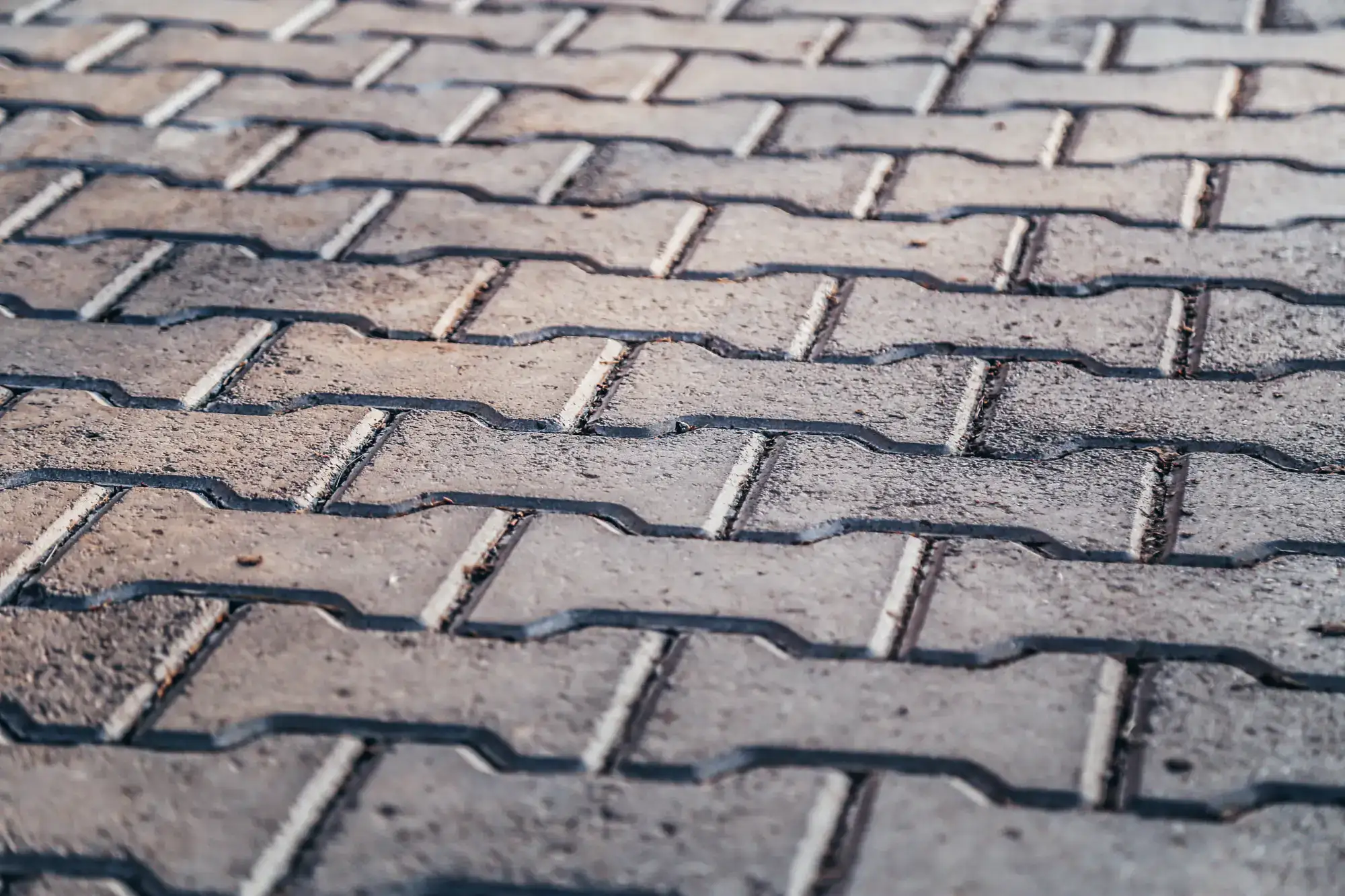
Hear from Our Customers
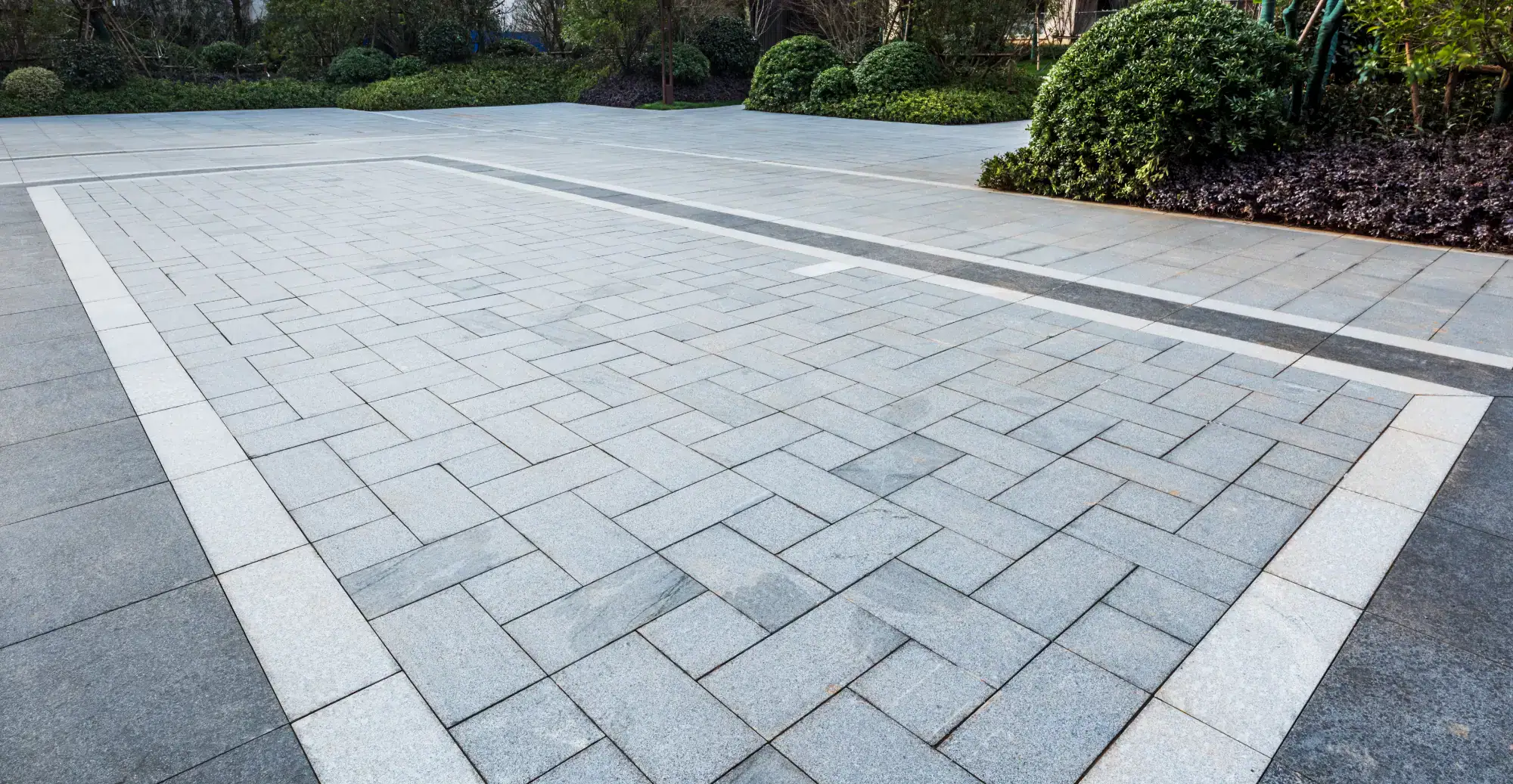
Your driveway stops being a problem. No more dodging potholes or worrying about what visitors think when they pull up.
Oil and stone creates a surface that handles Long Island weather without the constant cracking you see with regular asphalt. The stone texture gives you traction when it’s wet or icy – something every Flanders homeowner knows matters during our winters.
You’re looking at 7-10 years of solid performance for about half what you’d pay for new asphalt. The natural drainage means no more water pooling by your garage, and the stone finish actually looks intentional – not like a budget compromise.
We’ve been handling driveway projects across Long Island for years. We’ve seen what works here and what doesn’t.
The sandy soil, the salt air, the freeze-thaw cycles – these aren’t just weather reports to us. They’re the conditions we design every job around. When we recommend oil and stone for your Flanders property, it’s because we know how it performs in exactly these conditions.
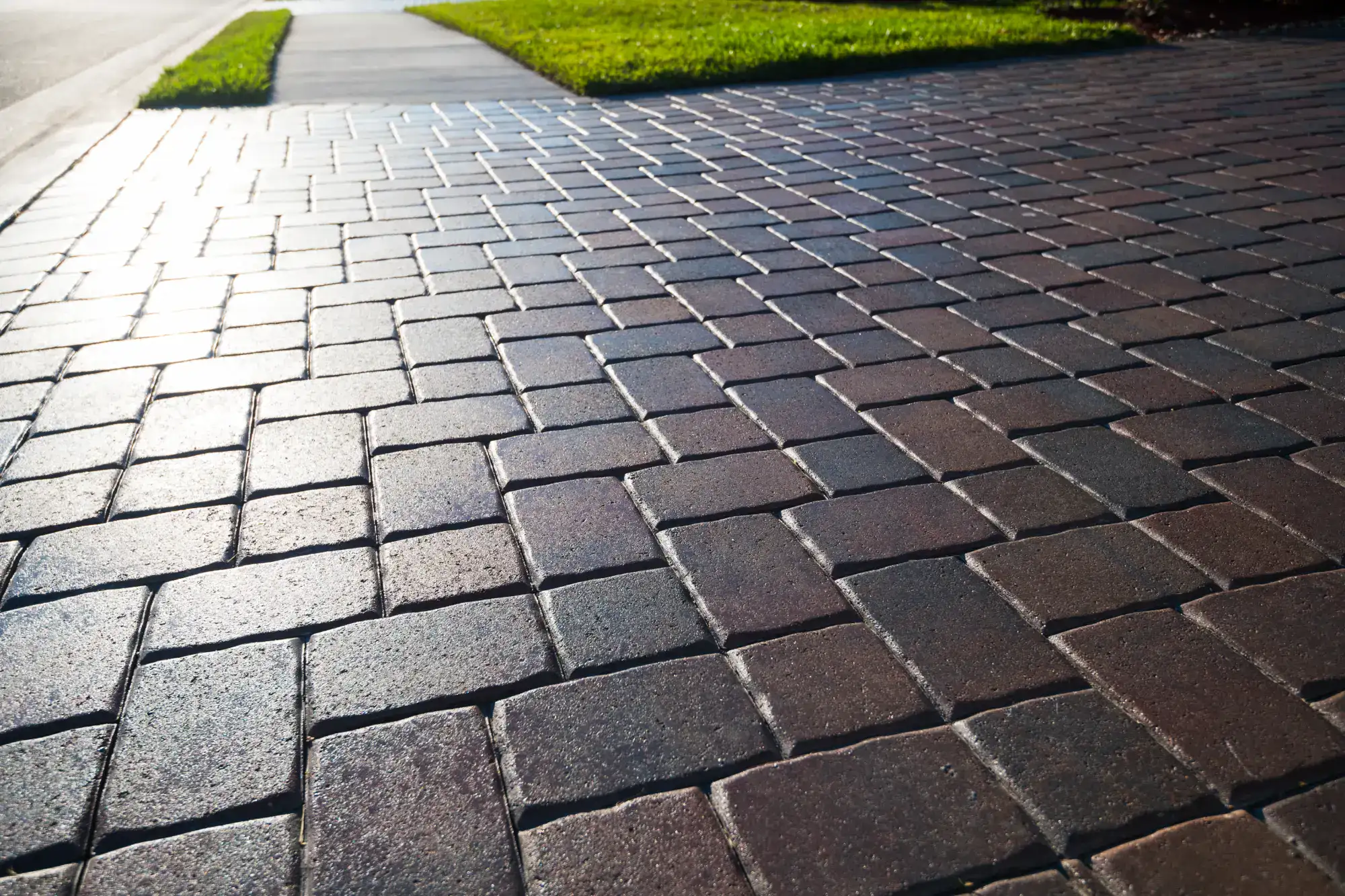
First, we prep your existing surface. If you’ve got asphalt that’s seen better days, we can often work right over it after proper preparation. We clean everything, make necessary repairs, and ensure proper drainage.
Next comes the oil application – a hot liquid asphalt that bonds everything together. We apply it evenly across the entire surface, then immediately spread your chosen stone over the top. The timing here matters, and experience shows.
Finally, we compact everything with specialized equipment. The stone embeds into the oil, creating that textured surface that’ll handle traffic and weather. You can typically use your driveway the next day, though we recommend taking it easy for the first week.
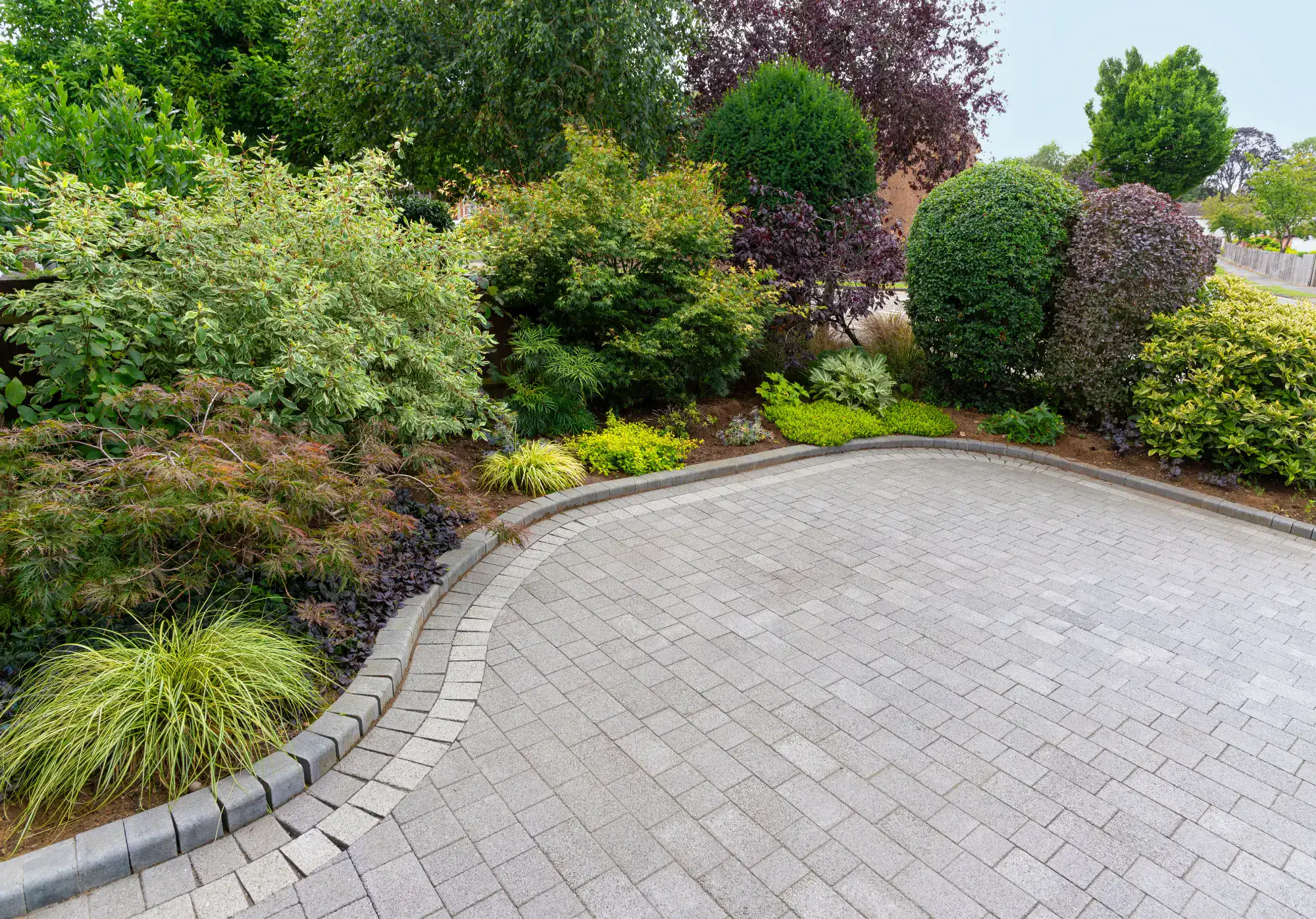
Ready to get started?
Every oil and stone project includes site preparation, proper drainage assessment, and professional-grade materials. We don’t cut corners on the prep work because that’s what determines how long your driveway lasts.
You get to choose your stone size and color. Most Flanders homeowners go with a medium stone that balances traction with comfort, but we’ll walk through the options based on your specific needs and preferences.
We handle all the details – from protecting your landscaping during installation to cleaning up completely when we’re done. The goal is a driveway that works better than what you had, installed without turning your property into a construction zone for weeks.
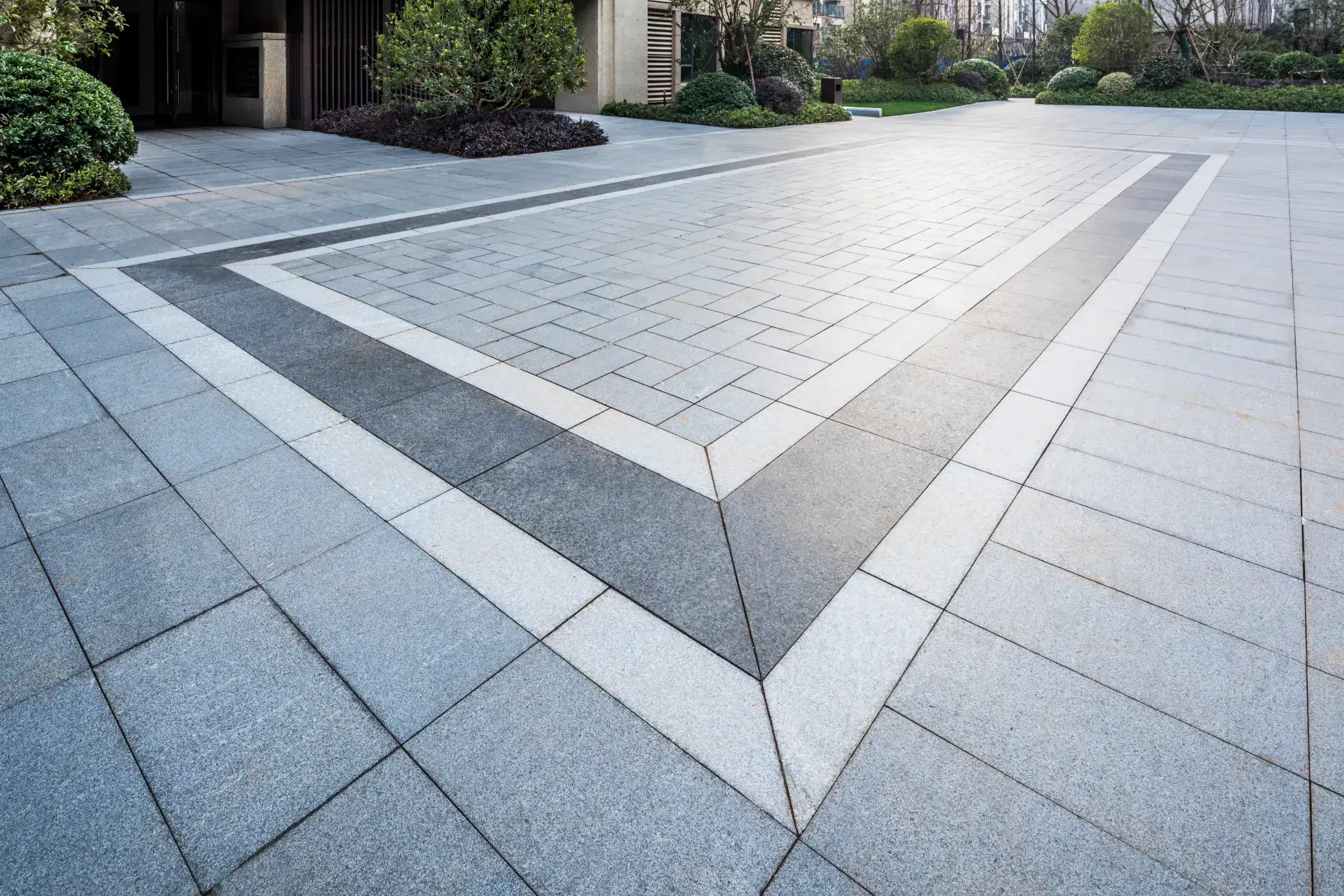

We are a family owned and operated paving contractor servicing customers on the East end of Long Island. We specialize in all phases of paving from start to finish.